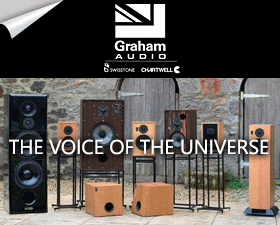My thoughts so far based on your input:
- flush mounted speakers will not have a 'back wall reflection'
- conventional monopole speakers, where these effects are typically quite obvious, if positioned close to wall and toed in normally would have a reflection from the wall between the speakers
- the further speakers are pulled out from the wall this reflection becomes less strong since the the sound energy drops over over distance and also with speakers being directional at mid and high frequencies the reflection from the wall becomes increasingly dominated by low frequencies which radiate more omnidirectionally. The same effect would also be achieved through absorption between the speakers
- CD and dipoles obviously have very different interactions with the wall behind the speakers. Linkwitz published an interesting thought piece on 'The Wall Effect' which is good reading and very relevant to this discussion
http://www.linkwitzlab.com/orion++.htm
I agree that LF contouring is also a major contributing factor to clarity and balance but I'm how it impacts imaging and soundstaging per se.
So maybe it is closely related to the level and time delay of the reflection from the wall behind the speakers.



















